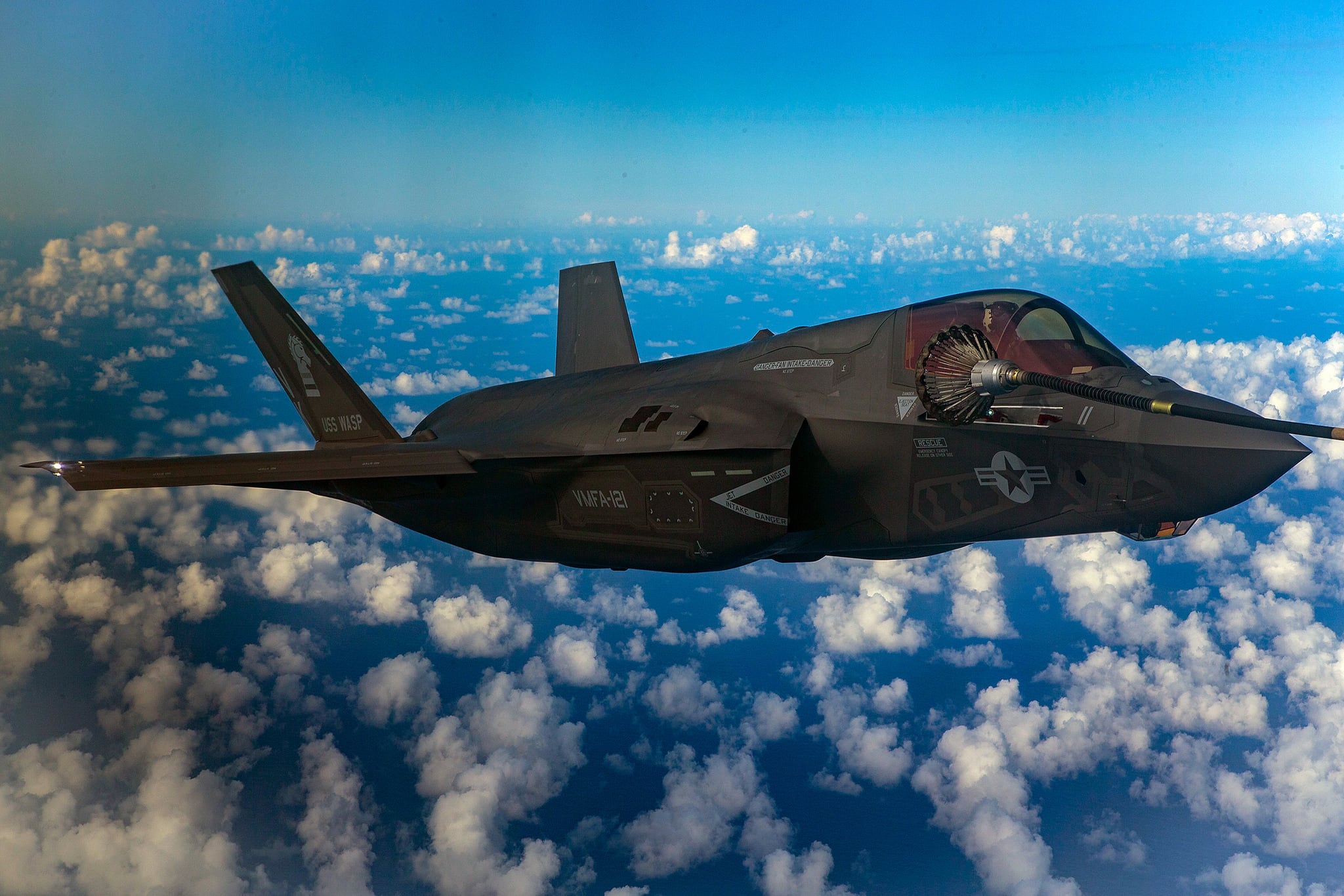As of August there are 613 female Marines and sailors serving in previously all-male units ― representing an increase of 60 percent since 2018, the Marine Corps said.
The number comes from December’s quarterly briefing from the Defense Advisory Committee on Women in the Services, a group meant to provide the Defense Department recommendations on how to improve gender integration throughout the military.
Not all the women serving in the previously all-male units have combat military occupancy specialties, or MOSes, Yvonne Carlock, a spokeswoman with Marine Corps Manpower and Reserve Affairs, told Marine Corps Times in a Friday afternoon phone call.
Most of the Marines come from support jobs necessary for the function of the unit, like motor-transport jobs and communication jobs.
RELATED

By August 2019 89 female Marines had earned previously-restricted MOSes, bringing the total amount of female Marines that have earned jobs previously banned for female Marines to 231, the slide said.
The rapid increase for 2019 should not be seen as a “surge," Carlock said, but rather the result of natural movement within the Corps in connection with three years of providing leadership infrastructure to these units.
“We had a leadership first policy,” Carlock said, meaning that only a limited number of junior female Marines would be sent to previously-restricted units until female Marines were in place at certain officer and enlisted leadership positions.
Three years later, was leaders are now in place and junior female Marines can now flow into these combat units the same way they would into any of the previous MOSes and units previously available to them.
Carlock said the Corps expects the numbers of female Marines in combat units to “stabilize” throughout the next year or two, as the years since implementation lines up with the standard enlistment length of four years.
While more and more female Marines are earning previously-restricted MOSes ― even passing some of the toughest schools the Marine Corps offers ― the attrition rate for females making the attempt is still high.
For enlisted Marines females attempting to obtain a previously-restricted MOS the attrition rate is 23.9 percent for female Marines compared to 11.2 percent of male Marines. For officers the failure rate is slightly higher, at 29.5 percent for female Marines and 13.5 percent for male Marines.
Female Marines are represented in every previously restricted field, the briefing said, if not in some specific MOSes. That means that though no female Marine has yet earned the coveted Raider title nor the 0372 critical skills operator job, female Marines have earned other 03 MOSes.
But female Marines are quickly breaking through barriers, even faster than these numbers shows.
Not counted in the data is Lance Cpl. Alexa Barth, who graduated the grueling Basic Reconnaissance Course on Nov. 7, becoming the first woman to earn the 0321 reconnaissance Marine MOS.
The slide said the jobs that female enlisted Marines had the “largest propensity” for were infantry, assault amphibious vehicles and artillery positions. For female Marine officers the most common jobs were for artillery and combat engineer jobs.
Carlock said there are currently no quotas for the amount of female Marines in any of these MOS fields or previously-restricted units, and the Corps has no interest in implementing one.
“At the end of the day it’s not about sending a man or a woman to a job, it’s about sending a Marine,” Carlock said. “So that’s how we assess promote and retain.”




